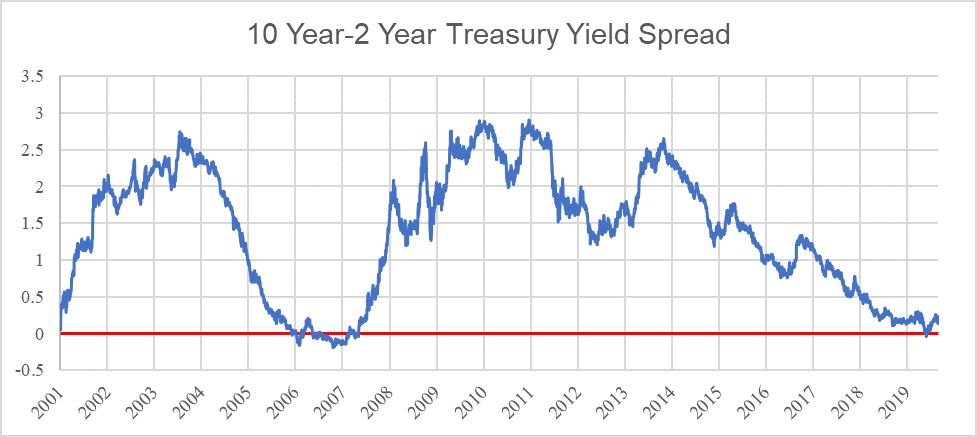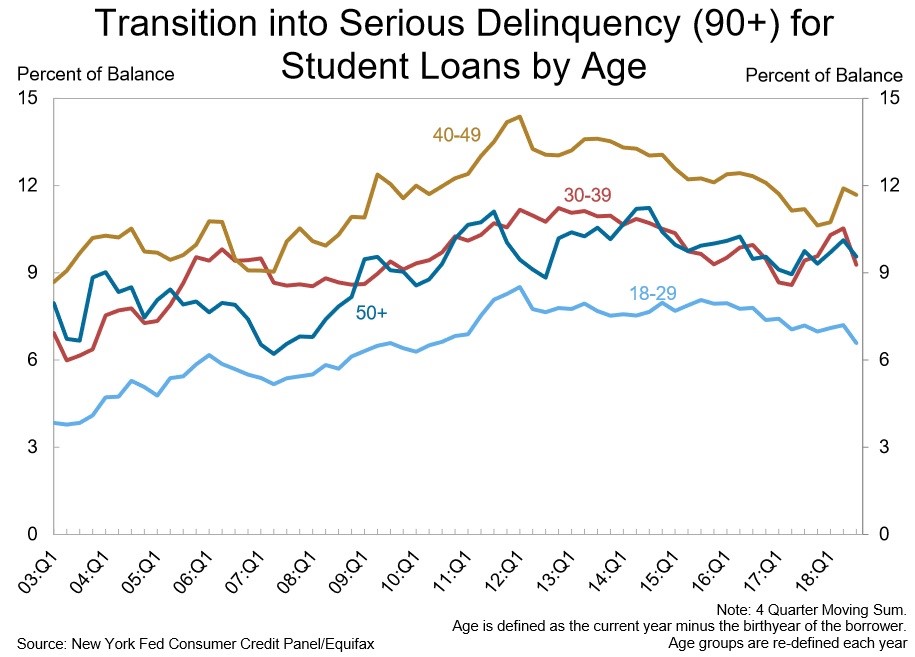COVID-19 and Currency Circulation
Across the United States, businesses are displaying signs stating, “no cash”, “credit or debit only”, or “exact change only”. These signs appeared in July, seemingly connected to COVID-19. Concerned about whether cash is becoming extinct, I investigated why these signs are appearing and what it means for the future of coins and cash in America.
At a high-level, this issue is rooted in the national reaction to COVID-19. Ever since March, people have changed their habits, making efforts to stay isolated, doing more shopping online, and using touchless payment methods. As a result of these actions, coin circulation in the United States has dramatically declined.
To clarify, there is not a shortage of currency in the United States. There is actually currently more currency in circulation than in recent years. This is illustrated in the following chart from the Federal Reserve Bank of San Francisco. The chart below documents the accelerated increase in currency issued by the Fed beginning in March of 2020, compared to the annual increase in currency circulation from 2017 through 2019.
It is important to note the above chart includes both cash and coins. Looking specifically at coins, the U.S. Mint has increased coin production from the 2019 average of 1 billion coins per month to about 1.6 billion coins in June and expects to produce about 1.65 billion coins monthly through the year end.
The Federal Reserve Bank of San Francisco also provided information on consumer payment choices in their supplemental Diary of Consumer Payment Choice (Diary) which was published in July of 2020, including data from April and May of 2020. This supplementary Diary was created to examine consumer habits during COVID-19 because of the increased demand for currency and claims that consumer payment habits were dramatically changing.
The July 2020 Diary asked participants about their cash holdings, changes in payment behavior, and cash avoidance. The Diary data supports four main conclusions: many people did not make in-person payments, most people are not avoiding cash, people are holding more cash, and online payment behavior does not appear substantially different.
The participants answered questions between April 15, 2020 and May 12, 2020. During this time period, 63% of participants reported they had not made any in-person payments since March 10, 2020. The fact that a majority of participants went a month, or perhaps two without making a single in-person payment shows the dramatic effect of initial social distancing efforts. However, it is noteworthy that only 28% of the total participants stated they were avoiding cash, a much smaller number than the 63% which had not made in-person payments.
On average, participants carried $81 in cash, an increase from $69 in 2019. The average amount of cash stored elsewhere also rose to $483, compared to $257 in 2019. This tendency to hold onto cash has contributed to the fewer coins in circulation.
The impact of business re-opening is not captured well by this data set. A majority of states began to re-open throughout May, whereas the last Diary participants responded on May 12. This limits the data’s use in predicting future habits, as the majority of businesses were closed during the study period.
Some businesses have struggled to react to the coin shortage, especially if their customers tend to make small-value payments. The 2019 Diary of Consumer Payment Choice found cash represented 49% of payments under $10 in October of 2019. Chipotle is one business falling into this category and facing a potential class action lawsuit as a result.
Plaintiffs in Pennsylvania accuse Chipotle employees of repeatedly shortchanging customers; for example, one customer paid with a $20 bill and received $4 in change instead of $4.49. The plaintiffs ask the Court to stop Chipotle from refusing to provide cash-paying customers with correct change, require Chipotle give cash-paying customers a credit toward future purchases if they lack correct change, stop Chipotle from charging consumers more for not using a credit card, and to award any other relief deemed appropriate. These accusations highlight the struggles some companies have faced while responding to the lack of coins.
It appears the shortchanging may have been a store-specific issue and result of miscommunication among employees. Chipotle‘s Chief Corporate Affairs and Food Safety Officer, Laurie Schalow responded to Delish, a website focusing on food news and recipes, with the following statement: “Chipotle’s policy is to give customers the exact change they are owed when making a cash purchase in our restaurants. If a restaurant is low on change as a result of the nationwide coin shortage, our policy is to only accept exact change or other non-cash forms of payment. Restaurants that are impacted have signage posted on the door as well as inside, and employees have been instructed to alert guests prior to ordering. We encourage customers to contact us immediately with any concerns so we can investigate and respond quickly to make things right.”
Given that coins will take some time to get back to normal circulation, it is important that businesses have a plan in place to deal with the present situation. Many companies have created plans similar to Chipotle, though there are also stories of business owners who needed coins and drove many miles to get them or organized a community coin drive.
The U.S Coin Taskforce was created to make recommendations to resolve the issue of low coin circulation. The taskforce includes members of the American Bankers Association, Independent Community Bankers of America, Credit Union Associations, Department of the Treasury (U.S. Mint), Armored Carriers Industry, Food Marketing Institute, Coin Aggregator Industry, and the Federal Reserve System. This taskforce is collaborating to strategically allocate coin inventories by simplifying the process consumers use to deposit loose change, discouraging stockpiling by individual institutions, and working with the Mint to determine necessary coin supply levels.
It does not appear that coins and cash are about to become extinct, simply that they, like all of us, have been affected by COVID-19. The U.S. Mint is running at maximum production, and many stakeholders are working together to return coin circulation to normal. The most impactful recommendation from the U.S Coin Taskforce is for consumers to bring in change to trade for cash. It will take time, but currency circulation is expected to return to normal.





 The Minneapolis-St. Paul apartment market has been consistently strong over the past decade, with vacancy rates remaining below 5% in the market over the past nine years. This has spurred a period of significant development that has continued through 2019. This should span into 2020, with more than 10,000 units expected to be delivered. This rise in apartment stock has not been spread throughout the metro, but has been concentrated in a few key areas, namely Downtown Minneapolis, in and around the University of Minnesota campus, and several clusters of suburban areas, primarily located near major highway intersections.
The Minneapolis-St. Paul apartment market has been consistently strong over the past decade, with vacancy rates remaining below 5% in the market over the past nine years. This has spurred a period of significant development that has continued through 2019. This should span into 2020, with more than 10,000 units expected to be delivered. This rise in apartment stock has not been spread throughout the metro, but has been concentrated in a few key areas, namely Downtown Minneapolis, in and around the University of Minnesota campus, and several clusters of suburban areas, primarily located near major highway intersections.